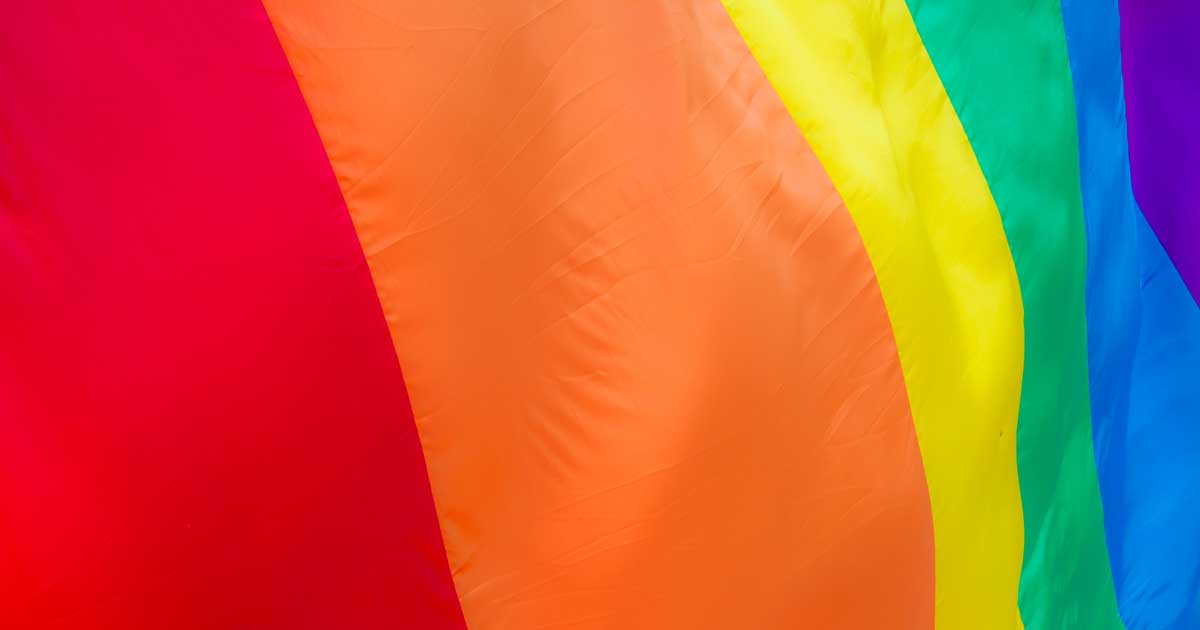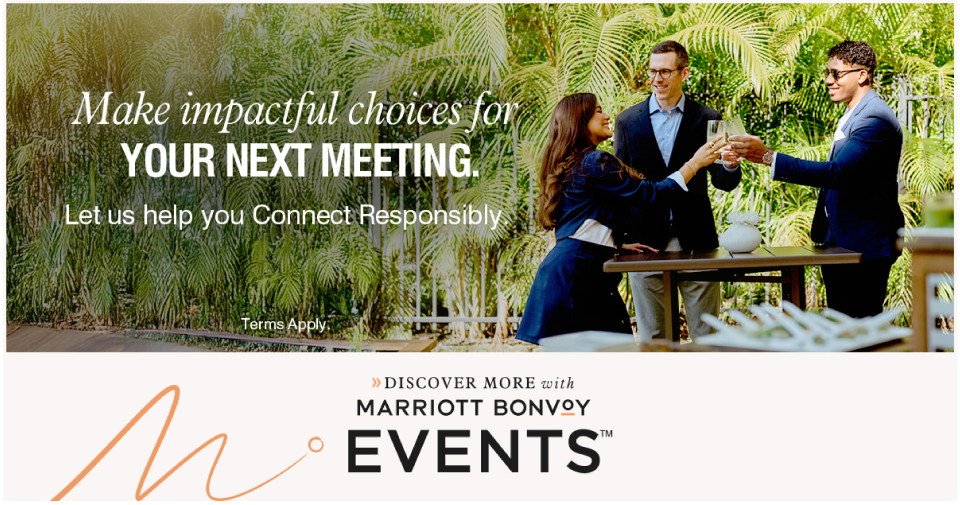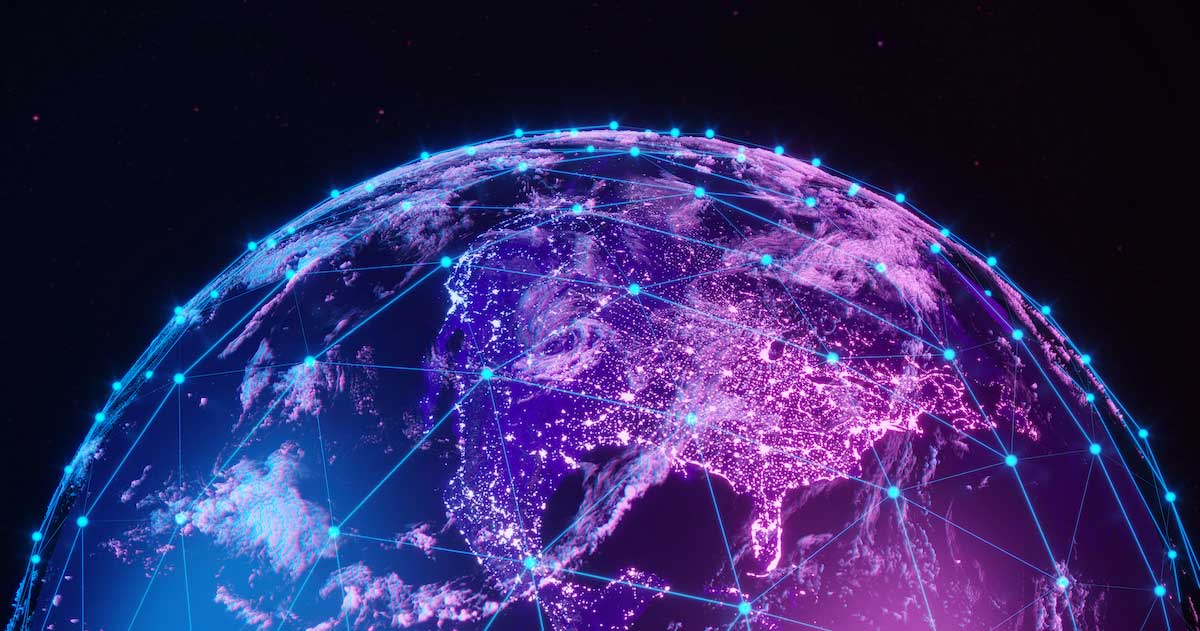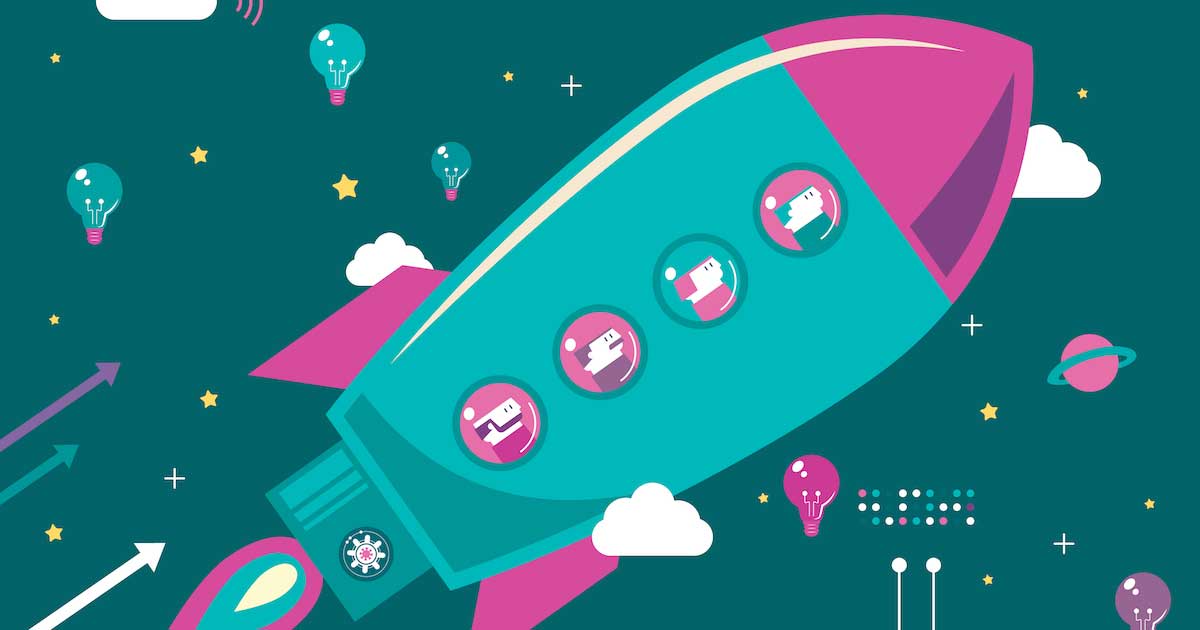Inclusive promotion, programming and staffing can help you ensure that LGBTQ+ attendees have a great experience at your event.
“Before even hosting the meeting or event, meeting organizers and event planners should consider how they are presenting their business,” says Daryl Valdivia, senior coordinator and LGBTQ+ specialist for LLG Events, an international event management and design firm in New York City. “For clear visibility that you are an ally or part of the LGBTQ+ community, you should have some form of representation, whether subtle or not, that your company and its employees are LGBTQ+-friendly. This can be in the language you use, the photographs you share and the individuals that are represented in them or even a designation outright that you have a staff member who specializes in planning LGBTQ+ meetings and events. Indications that your company is open-minded will make your LGBTQ+ vendors and attendees feel more comfortable.”
Doing research to ensure you are using all-inclusive language and presentations never hurts.
“Reach out to a planner who specializes in LGBTQ+ events to have them review your materials and event design,” Valdivia says. “Get their feedback on your keynote speakers, your event entertainment, etc., to make sure it’s gender neutral and inclusive of all backgrounds.”
“When different perspectives are represented from the onset, the content that’s produced will naturally reflect and represent more people.”
Weaving LGBTQ-friendly content into your event programming is also important.
“You should make an effort to include LGBTQ+ content in the event programming, and ensure it’s visible to all attendees,” says John Tanzella, president and CEO of the Fort Lauderdale, Fla.-based International LGBTQ+ Travel Association. “Regardless of industry, there are always LGBTQ+ professionals in the mix, so this sends a positive welcoming message.”
Making sure the content-planning team is diverse can contribute to the success of such efforts.
“When different perspectives are represented from the onset, the content that’s produced will naturally reflect and represent more people,” says Kristy Rooney (MPI Potomac Chapter), director of sales operations at Kimpton Hotels & Restaurants. “Another important element is to ensure that your speakers understand the audience and are inclusive about their messaging overall.”
As to the tone of your content and marketing collateral, it depends on the message you want to convey.
MPI Inclusive Event Strategist Certificate Program: Put inclusion at the center of your event design and execution on June 19. Sponsored by the Greater Fort Lauderdale CVB.
“It’s up to you, your brand and the theme or topic of your meeting to decide if your communications should be more subtle or direct with regards to diversity—but there should always be at least one element or component of it for those who are seeking inclusion,” Valdivia says. “For example, your visual imagery could make a more direct, bold statement, whereas if you wanted to be more subtle, then you could just focus on the language you incorporate into your materials. Do your research about how you can enhance your message as an ally to different communities and see what fits best with your brand and style. It doesn’t have to be pride flags everywhere, as that might not come across as authentic.”
Weaving inclusive content into your programming throughout the calendar year is also important.
“Instead of just supporting equality during certain celebration months of the year, such as Pride Month in June, companies should work on integrating LGBTQ+-friendly content into their calendars all year around,” Valdivia says. “By eternally keeping diversity at the forefront of your mind when representing your business, and also with the events and meetings you are planning, your efforts to connect with those audiences will be more authentic, efficient and beneficial on both ends.”
Networking events can be a great way to make an event more welcoming to LGBTQ+ attendees, says Elena Joy Thurston, a speaker and nonprofit executive based in the Phoenix area.
“We’re always learning new ways to make meetings more inclusive, and as the future becomes more identity fluid, we’ll continue to evolve.”
“A lot of conferences will put together breakouts or social mixers,” Thurston says, noting that, at some large conferences, organizers are announcing, “Any of you who identify as LGBTQ or allies, we’re meeting in the lobby at 6 p.m. to have a cocktail hour. When you include allies, anyone feels they can show up and be included.”
Selection of panelists is another opportunity to underline the values of a conference or event.
“Having inclusion and diversity in your presentation panels—to me, it’s just common sense,” Thurston says.
Shay Urban, digital education manager and diversity and inclusion committee member for Charles River Labs, which provides preclinical and laboratory services to the pharmaceutical industry, says those who are facing challenges in finding diverse panelists can find help through the nonprofit group Gender Avenger.
Webinar: “Gender Diversity and Inclusion at All Events”
“They keep track of conference representation across the industry,” Urban says. “If you can’t find enough representation on your panel, they will help you. There’s never an excuse for not having balanced speakers.”
Some speakers are taking their own steps to make meetings more inclusive.
“I include in all my bios that I am LGBTQ,” Thurston says. “The people willing to represent the population are making it clear in their bios.”
With all efforts to enhance diversity and inclusion, paying close attention to how attendees are responding to organizers’ efforts is essential.
“We’re always learning new ways to make meetings more inclusive, and as the future becomes more identity fluid, we’ll continue to evolve,” Rooney says.
